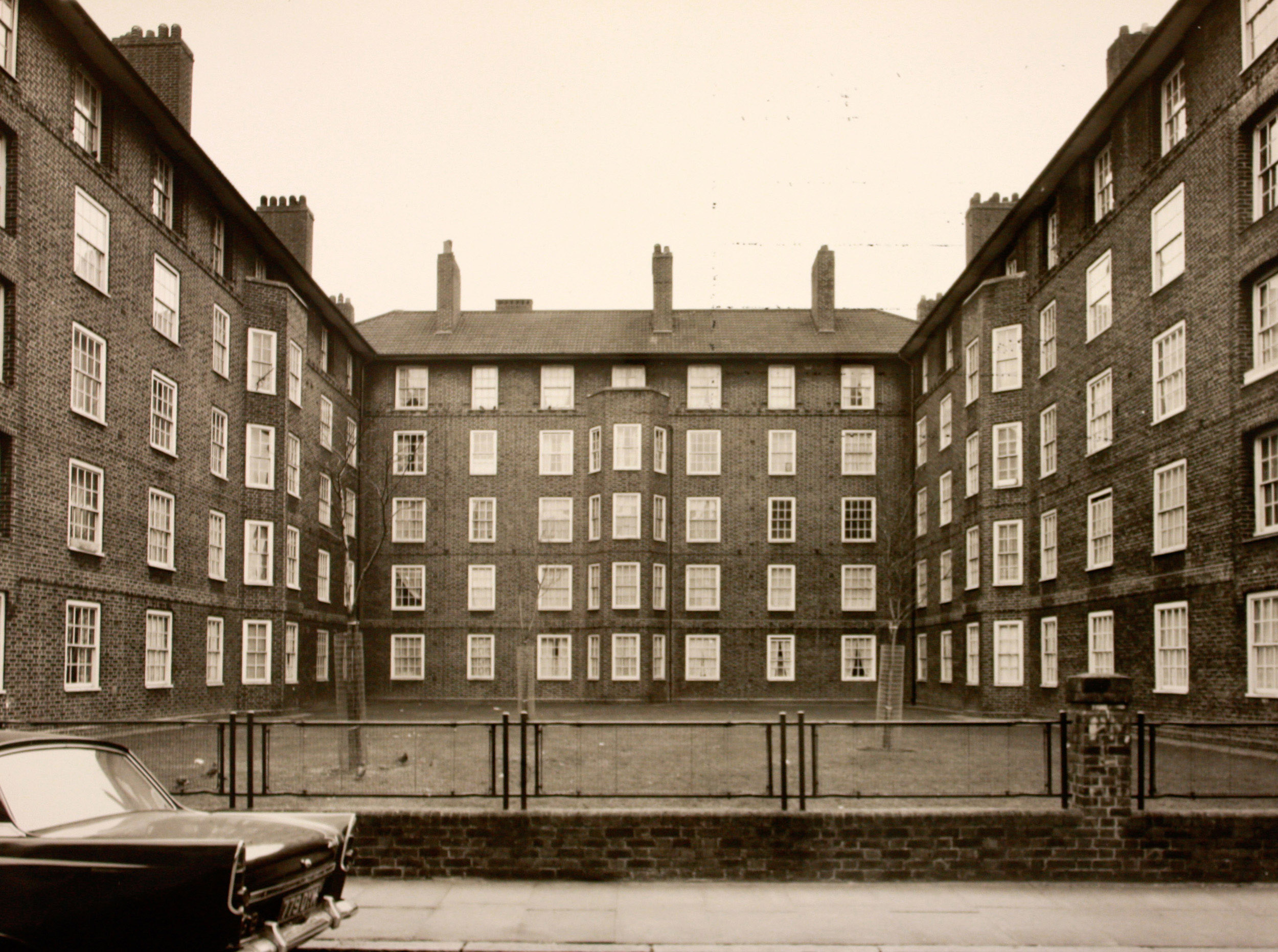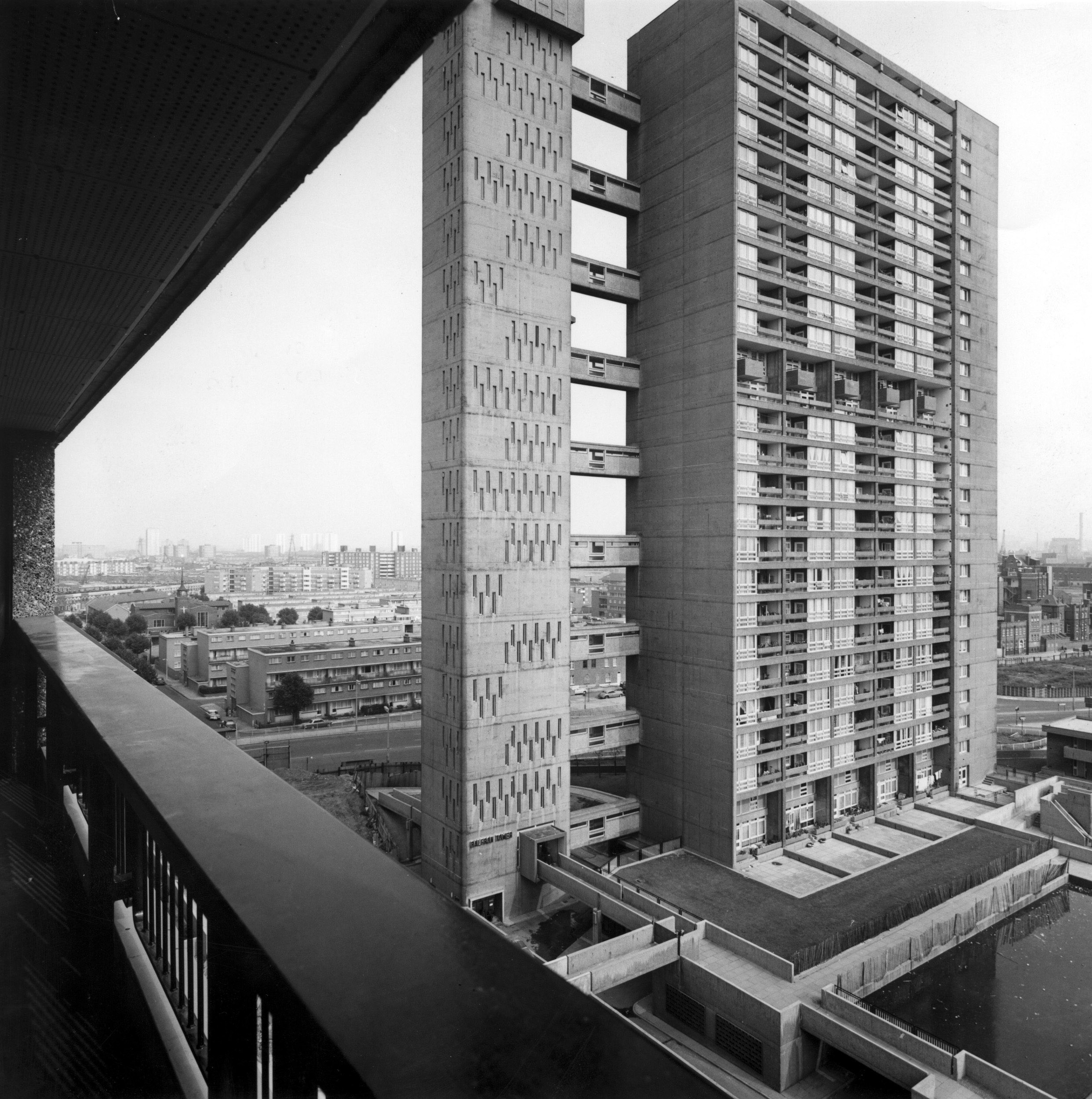Make Public
The history of housing the working population in Britain has a predictable circularity in architectural form; one generation’s panacea becomes the next generation’s problem, only to be reappraised with remorse after it has passed.
My thesis is a practical and theoretical research project into this cycle. It explores the history and future of two east London housing estates undergoing regeneration; the Haggerston Estate, a 1930s London County Council neo-Georgian perimeter block demolished in 2014; and Balfron Tower, a 1960s Brutalist high-rise designed by Ernö Goldfinger facing refurbishment and privatisation in 2016.
To ‘make public’ expresses a demand and an aspiration; materially – to protect and extend public housing provision at a time when austerity measures are dismantling it in ideal and form [Phillips and Erdemci, 2012]; procedurally – to make visible problematic processes of urban change that are increasingly hidden from public view under the pervasive metaphor of regeneration [Campkin, 2013], and; methodologically – to make public the act of research through long-term collaborations with residents and other practitioners, using archival research and socially-engaged performance practice that reveals spatial changes and their affects on social relations [Harvie, 2013].
The thesis draws on the idea of ‘multiple publics’ to re-conceptualise a constructive approach to public housing and to evaluate the ethic of ‘making public’ [Fraser, 1990]. It works between architecture and performance to forge new connections with the research of Forty, Rendell, Schneider and Roms, and choreograph relationships between buildings, texts and residents through critical acts of writing, dramaturgy and re-enactment.
The practice is conducted through performative workshops that open a social, discursive and imaginative space for residents to re-enact the histories of each estate and build collective knowledge and experience. This collaborative work is shared with wider publics through a feature-length artist’s film Estate, a Reverie, a site-specific performance Empty Words Build Empty Homes, and a six-week exhibition Real Estates, and is documented in the thesis as two acts, comprising scenes interspersed with reflective essays. The evidence gathered is fed into formal and legislative frameworks with the aim of influencing housing policy: in Haggerston, a redesigned housing survey Housing Alternatives and at Balfron Tower, a successful Grade II* listing bid and online archive Balfron Tower: a building archive.
The rallying cry of my work, to ‘make public’ expresses three demands for practitioners working in public housing:
Materially – to protect and extend public housing provision at a time when austerity measures are dismantling it in ideal and form. Demand more public housing. It is cherished. It is vital. Public housing incrementally built stability and equality into Britain’s urban fabric through a combination of extraordinary architectural progress and political aspiration. But in London, the city that pioneered these modern principles of public housing, we are doing the opposite. The GLA released figures last year that revealed estate regeneration schemes had doubled the amount of new homes on existing sites, 33,000 additional units, but in this process there was a net loss of 8,300 social rented homes and only 1,800 affordable built.
Procedurally – to make visible processes of urban change that are increasingly hidden from public view. As the public housing stock is increasingly privatised, so are the democratic processes and access to information about it – hidden behind labyrinthine planning portals or suppressed under the grounds of commercial confidentiality. Even if you can access information, it is often difficult to understand because of bureaucratic or legal language. My research proved this lack of clarity and certainty is a source of further discomfort for those caught up in processes of regeneration.
Methodologically – to make public your methods. Share your experiences and resources with residents and celebrate the richness of their knowledge. We have a duty to put our work at the service of those whose lives we seek to improve. With increasing regularity, housing estates are demolished or privatised to make way for regeneration schemes where developers claim to build lively, diverse, vibrant communities. My research demonstrated the genuine liveliness, diversity and vibrancy of the communities that already exist in these estates. There is a continued and urgent need to work with residents as these communities and the qualities they bring to London are diluted or dispersed.
We must demand: affordable housing – retaining a proportion of social housing genuinely affordable to local communities; accountable regeneration – opening full access to information in order to justify decisions; and inclusive consultation – developing proposals together with residents in which everyone is able to fully participate. We must act together, for the 786,000 households living in social housing; for the 391,000 children living in overcrowded accommodation; for the 263,491 families on housing waiting lists; for the 50,490 households living in temporary accommodation; and for the 7,581 people who sleep rough every night, the project of public housing in London remains as relevant as ever.
Reviews
An exceptionally strong and original piece of research... it was almost the first PhD I have read that I was sad to finish, Professor Jeremy Till, 2016.
Bold, innovative, rigorous, rich, timely, important, highly accomplished… it has been a pleasure to read it and to be inspired by it, Professor Jen Harvie, 2016.
A rigorous, imaginative and well-considered piece of research... it places residents at the heart of an important study, RIBA Award Panel, 2016.

